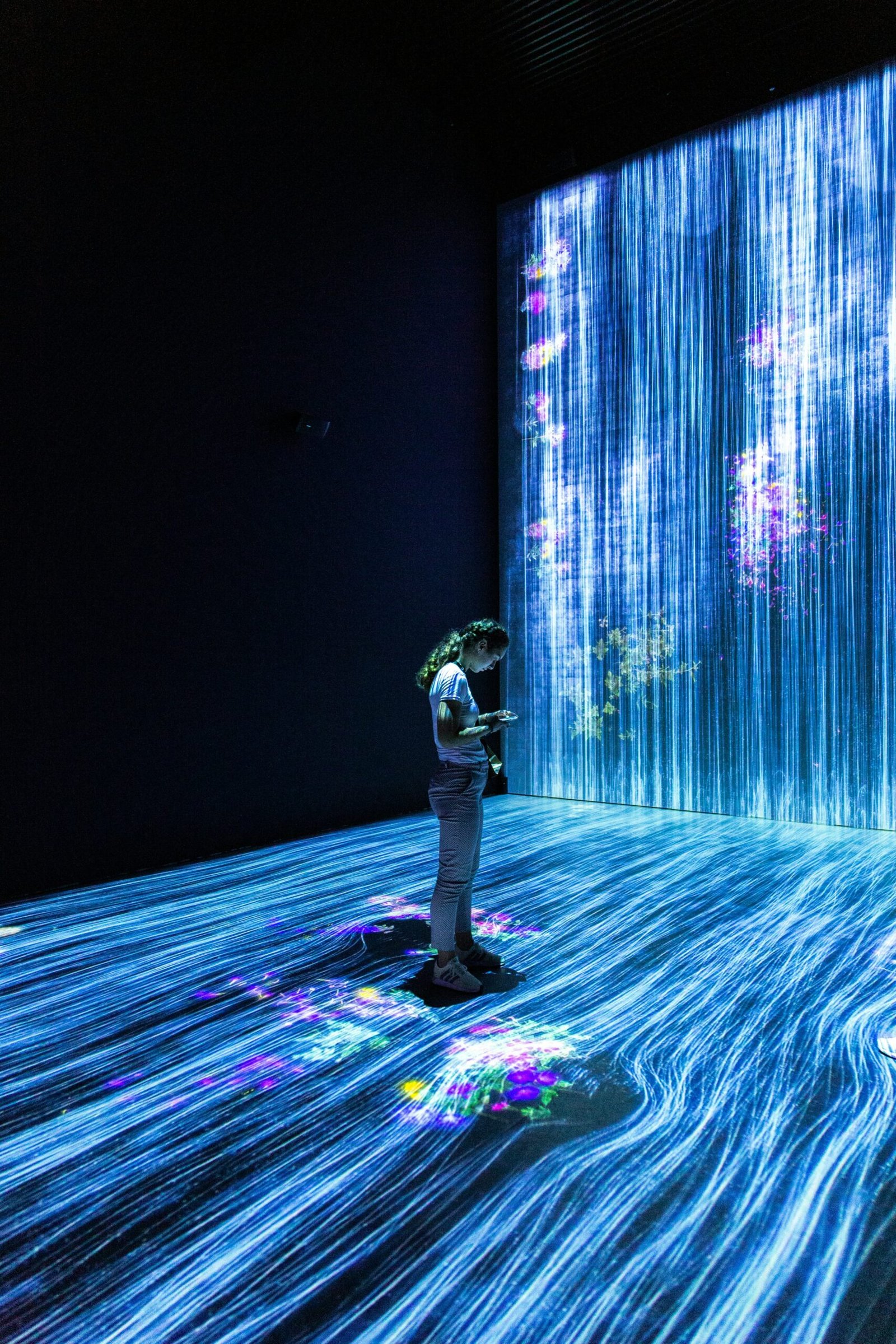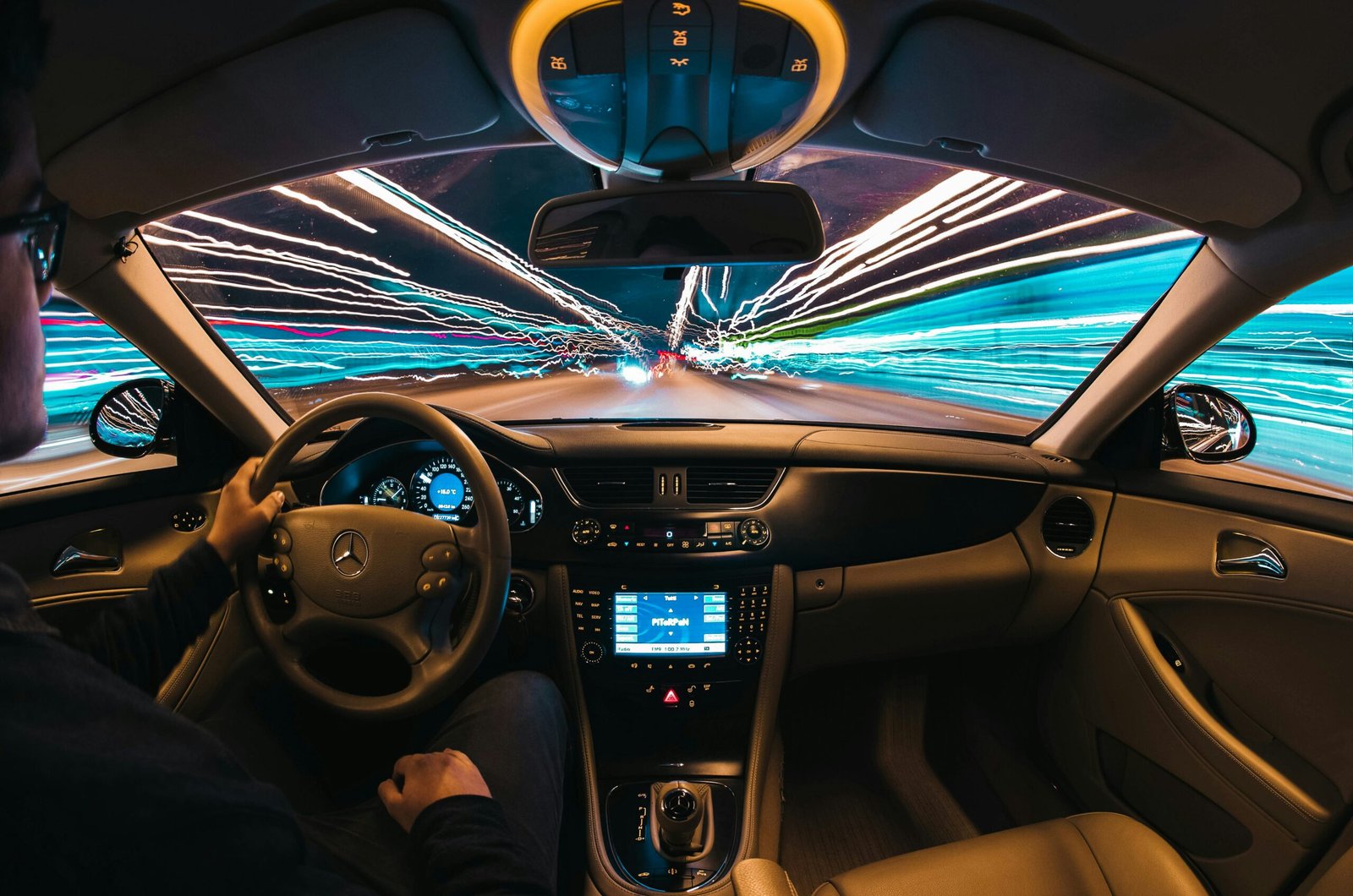The Internet of Things (IoT): Connecting Devices for a Smarter World

The Internet of Things (IoT) is revolutionizing the way we live and interact with technology. It refers to the network of physical devices, vehicles, appliances, and other objects embedded with sensors, software, and connectivity that enables them to connect and exchange data.
With the IoT, everyday objects can now communicate and interact with each other, creating a seamless and interconnected web of devices. This technology has the potential to transform various industries, from healthcare and transportation to agriculture and manufacturing.
How does the Internet of Things work?
The IoT relies on a combination of hardware, software, and connectivity to enable devices to communicate and share information. Sensors embedded in these devices collect data, which is then transmitted over the internet to a central hub or cloud-based platform. This data can be analyzed and used to automate processes, improve efficiency, and provide valuable insights.
For example, in a smart home, various devices such as thermostats, lights, and security systems can be connected and controlled remotely through a smartphone or voice assistant. This allows homeowners to manage their energy usage, enhance security, and create personalized environments.
The benefits of the Internet of Things
The IoT offers numerous benefits that can revolutionize our daily lives and transform industries:
1. Improved Efficiency
By connecting devices and collecting data, the IoT enables businesses to optimize their operations and improve efficiency. For example, in manufacturing, IoT sensors can monitor equipment performance, detect potential issues, and schedule maintenance, reducing downtime and increasing productivity.
2. Enhanced Safety and Security
The IoT can enhance safety and security in various contexts. For instance, in healthcare, wearable devices can monitor patients’ vital signs and alert healthcare providers in case of emergencies. In cities, smart surveillance systems can detect and respond to potential threats, improving public safety.
3. Cost Savings
The IoT can help businesses and individuals save costs in different ways. For example, in agriculture, IoT-enabled sensors can monitor soil moisture levels and weather conditions, allowing farmers to optimize irrigation and reduce water usage. In homes, smart energy management systems can track energy consumption and suggest ways to reduce utility bills.
4. Enhanced Decision Making
The data collected by IoT devices provides valuable insights that can inform decision-making. For example, retailers can analyze customer behavior and preferences to personalize marketing campaigns and improve customer experiences. City planners can use data from IoT sensors to optimize traffic flow and improve urban infrastructure.
Challenges and Concerns
While the IoT offers immense potential, it also presents challenges and concerns that need to be addressed:
1. Security and Privacy
With the increased connectivity of devices, there is a greater risk of security breaches and privacy violations. It is crucial to implement robust security measures to protect data and ensure user privacy.
2. Interoperability
As the IoT ecosystem grows, ensuring interoperability between different devices and platforms becomes essential. Standardization and compatibility are necessary to enable seamless communication and integration.
3. Data Management and Analytics
The vast amount of data generated by IoT devices requires efficient management and analysis. Organizations need to invest in infrastructure and analytics capabilities to derive meaningful insights from this data.
4. Ethical Considerations
The IoT raises ethical questions regarding data ownership, consent, and potential biases in decision-making algorithms. It is important to establish clear guidelines and regulations to address these concerns.
The Future of IoT
The Internet of Things is still in its early stages, but its potential is vast. As technology continues to advance, we can expect to see even more interconnected devices and innovative applications of the IoT.
From smart cities and autonomous vehicles to connected healthcare and industrial automation, the IoT will continue to shape our world and create new opportunities. However, it is crucial to address the challenges and concerns associated with this technology to ensure a safe and sustainable IoT ecosystem.
As the Internet of Things continues to evolve, it will undoubtedly transform our lives and enable a smarter, more connected world.





